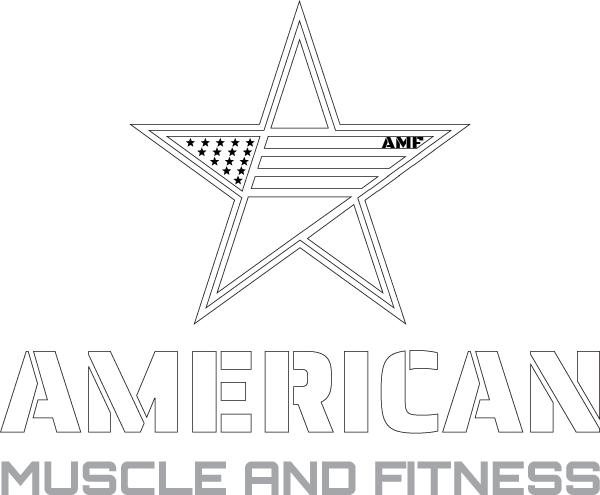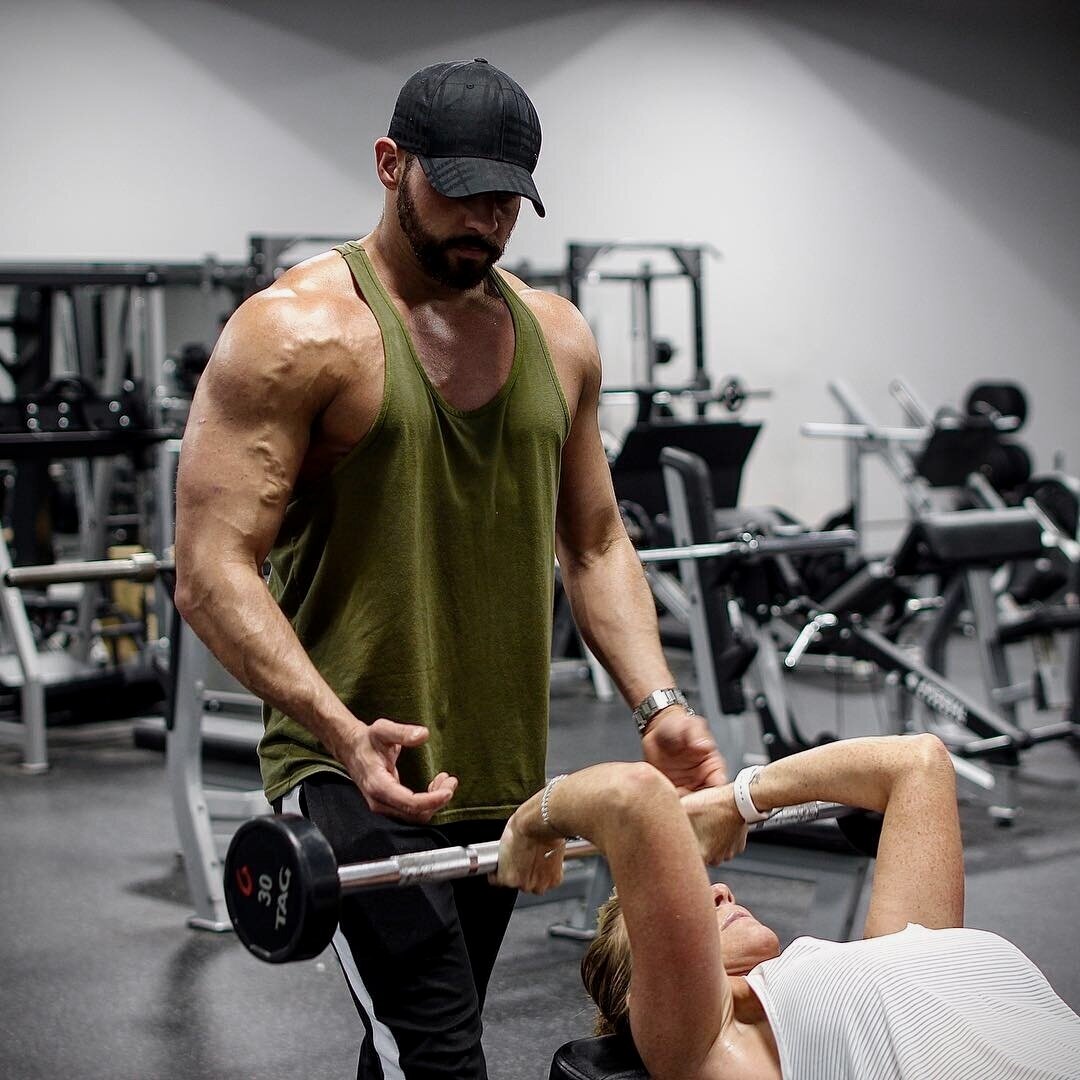Beginner Series: Weightlifting Benefits
When it comes to exercise, maybe you’re into jogging or swimming or maybe mountain biking or kickboxing, but you’ve made it this far in life without ever having to partake in that foreign ritual of sweating, grunting, flexing, wearing scantily clad attire, and spending hours picking up heavy things just to put them back down. This is often the perception of the incredibly healthy and beneficial hobby known as resistance training, or more commonly referred to as weightlifting.
“Ok, But Why Would I Want to Get into That Now?!”
Well, looking a little deeper into the topic you’ll find an entirely different perspective. Overall, the effects on your body and your health are exponentially greater than other traditional aerobic and exercise methods. Things like age, poor diet, stress from life/family/work, or maybe just a desire to achieve more in life are all common and great reasons to investigate your local gym. Maybe you just decided to get swole, shredded, sexy and even get on stage! Almost any reason to start lifting is a good reason.
No matter what your reason, weight training can be used to accomplish many different end goals. Lifting weights DOES NOT make people ‘bulky’ or ‘too big’ or take away from a woman’s femininity if that is not the goal! It takes years of hard work and dieting specifically to achieve those things, and muscle growth is such a long process that you’ll have months and even years to determine if you are not liking the results of whatever routine you are practicing.
Key Reasons Weightlifting is Beneficial to your Health
Let’s first look into the well documented benefits that come with and from Resistance Training, aka Weightlifting:
Reduced Anxiety - Resistance training significantly improves anxiety symptoms among both healthy participants and participants with a physical or mental illness.
Sleep Quality - Resistance Training Improves Sleep Quality in Older Adults
Sleep Helps Muscle Strength - “Good sleep quality is associated with greater muscle strength, while short sleep duration may be a risk factor for decreased muscle strength”
Extended Longevity - “Maintaining muscle strength throughout life—and especially in later life—is extremely important for longevity and aging independently,”
Body Composition (Fat Loss) - Including resistance training with aerobics training is more effective in fat loss and cholesterol health than aerobics alone.
Testosterone & HGH - Increased Testosterone and HGH in men.
This list goes on and on in the many ways weightlifting has and is becoming a superior method for overall health and quality of life. This doesn’t mean you have to convert to the lifestyle of Mr. Schwarzenegger; it just means 3 to 5 days per week of 30-45 minutes of moderate intensity resistance training is more than enough.
“That all sounds great, but how do I even get started?”
Tips on finding a Gym and a Personal Trainer
First, check with your doctor and make sure you’re healthy enough to engage in weight training and cardiovascular activities.
For those that have a health condition or disability that prevents you from jumping right into a gym routine, do not be discouraged. There is a wealth of methods, along with plenty of qualified trainers and clinical specialists, to accommodate resistance training for many extenuating conditions and circumstances. This guide may not be for you at the moment, but seek your physician’s recommendations, and you may always contact us at #TeamBeau for more information.
Find a gym and just go! One of the first objections I often hear from new clientele is the intimidation of walking into a gym. Let me be the first to say the we (the gym regulars) are almost unanimously supportive and happy to help new faces feel comfortable and assist in proper form and training methods, but usually only when asked. People are not judging you for trying to better yourself. We were all there once, we get it. Mostly everyone is worried about their own crew, their own workout, or harmlessly admiring themselves in the mirror.
When looking for a new gym, I suggest finding one within a 5-10 minute commute. This will make it much easier to stay consistent and keep things convenient. Also, there are many different types of facilities that all have pros and cons. Do you want open air or do you want A/C? Shiny and new, or grungy and raw? A big corporate gym or small family gym?
Consider a personal trainer! Most gyms host personal trainers, check to see if yours does. Before you hire, I highly recommend putting some due diligence into finding a reliable, professional, and qualified personal trainer. Look into their credentials, work history, how they interact with their clientele. Do they have a website? A business page on Facebook or Instagram? Do they have a long-recorded history of client success stories, positive reviews, a history of clientele who you identify with in age, gender, experience level? Be cautious, personal training is an entirely unregulated industry and subsequently has many more unprofessional and unqualified trainers than legitimate ones. If you happen to find yourself hiring a trainer, they can take it from here and hopefully ease you into a safe and effective weightlifting regimen that you find engaging and enjoyable as it should be!
“I’m on the gym floor completely vulnerable and clueless, now what?!”
Find a Beginner Workout Routine
Well, your goal may be to get huge, maybe to lose some weight, or maybe just to be more active. These are all great goals that all take a different path as you progress into your newfound hobby. To keep things simple, we can all generally start in the same place.
You should always make sure that you eventually work all your major muscle groups throughout the subsequent gym sessions; Chest, Back, Shoulders, Arms, Abdominals, and Legs/Glutes. This may take a week or more but just keep a mental log of what you have worked if you don’t have a plan already and try to make your way through all of them before starting over again. This is only for the beginning, later you can hit target areas more frequently than other but never neglecting any one muscle group altogether.
There are plenty of correct ways to get started with the actual weightlifting once you’ve come to this point. If you have a trainer or a simple workout plan from a professional, be confident and take this new journey head on. If you don’t, check out my blog for all the “Day 1 Workout Guides” to get you comfortable with some very fundamental basics that covers all major muscle groups. Once you have mastered some basics and built some confidence and starting strength, consider a more complete or advanced workout regimen.




